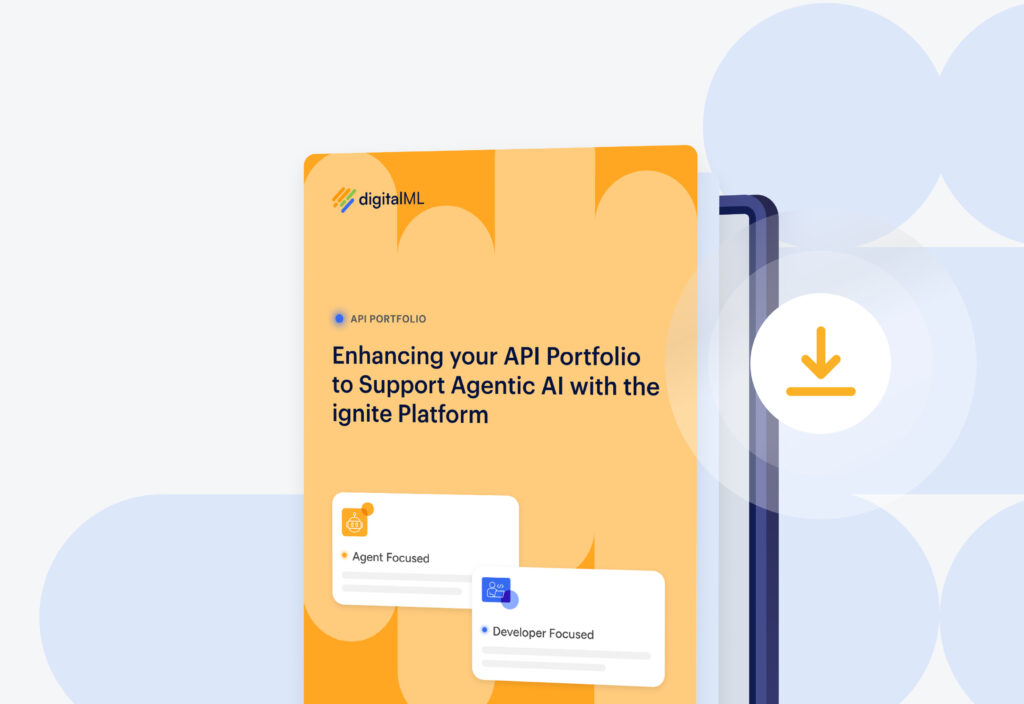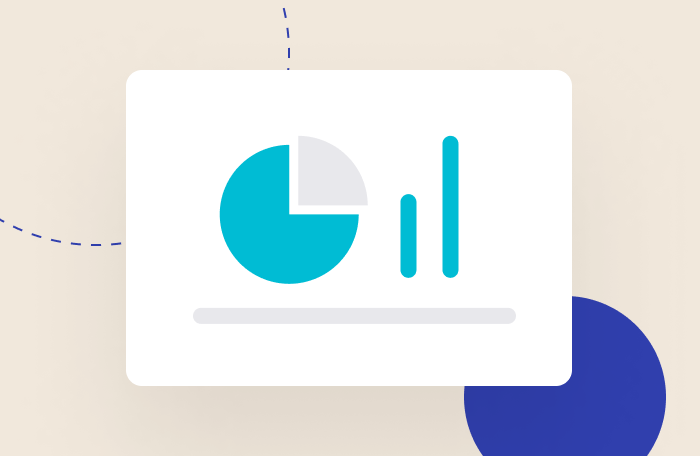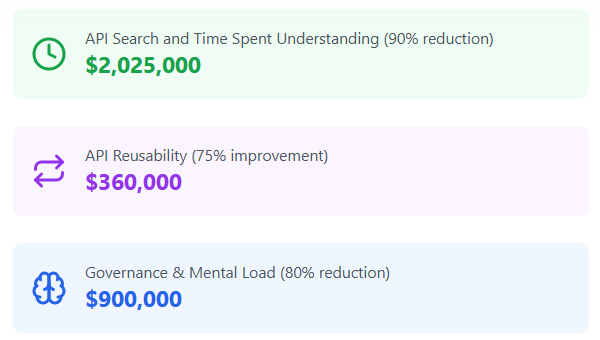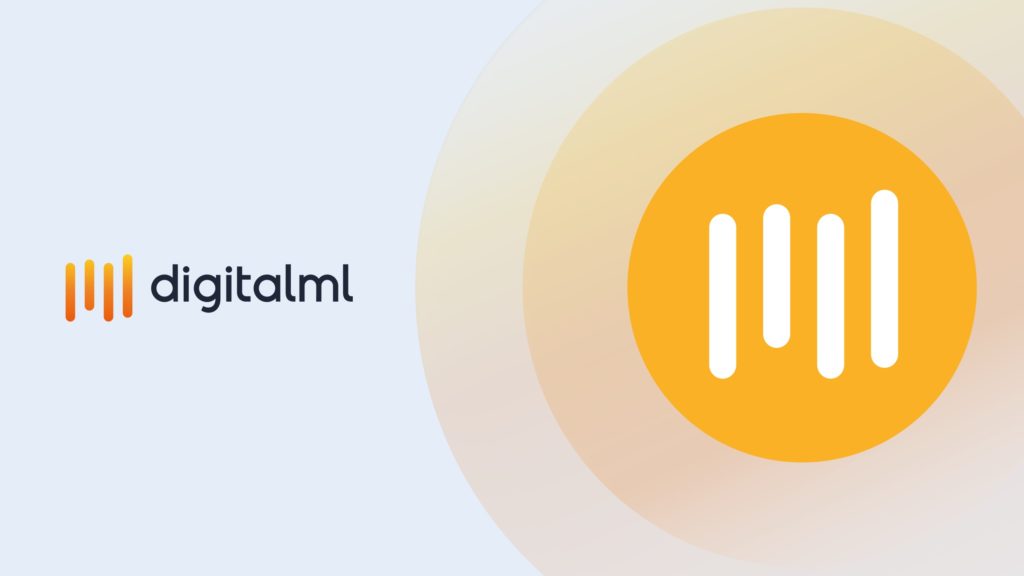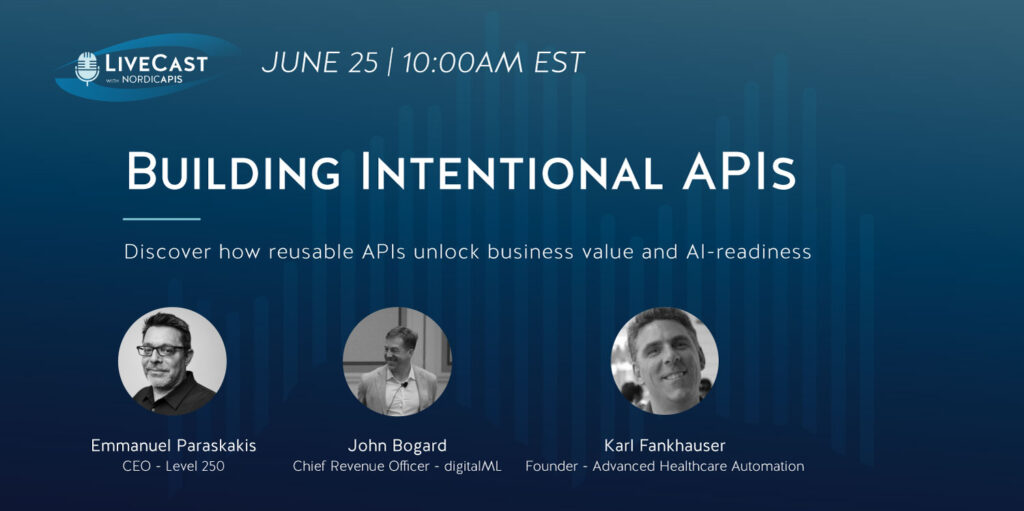What is an API Marketplace?
APIs (Application Programming Interface) are an integral part of modern software development. With the rising popularity of APIs, API marketplaces have emerged as a platform where developers can publish and discover APIs. In this blog, we’ll dive deeper into what an API marketplace is, why they’re important, and their benefits and limitations.
What is an API Marketplace?
An API marketplace is a platform for developers to publish and share APIs. Consuming developers can use this platform to find and subscribe to the APIs they need. Marketplaces are typically offered as a SaaS (software-as-a-service) solution.
The most common marketplace offerings are public marketplaces, meaning developers can also monetize their external APIs. Marketplaces serve as a central location for an various providers’ and companies’ “gold standard” external APIs. By this we mean those APIs that have been curated to be reusable, reliable, and secure.
Traditionally, API marketplaces have been offered as standalone platforms. However, there is now a growing trend of runtime API management providers adding marketplaces to their feature sets.
Why is an API marketplace important?
Your APIs are only valuable if they’re being used, and ideally reused. The goal of an API marketplace is to make it easy for consuming developers to find and reuse available APIs, and for providers to socialize and monetize them accordingly. That way enterprises can encourage a flourishing API economy while also saving costs through API reuse.
API Marketplace features
Marketplaces offer several core features to help developers publish and consume APIs:
- Search. Enterprises frequently have thousands of APIs. To help developers find APIs that meet their needs, great search capabilities are essential.
- API Documentation and other helpful content. API documentation provides information on how to use an API, including its endpoints, parameters, and response formats. Good API documentation can make it easier for developers to integrate an API into their application, reducing the time and effort required for integration.
- Code Samples. Code samples provide developers with working examples of how to use an API, saving time and effort during integration.
- Testing/Mocking Tools. Testing and mocking tools can help developers check their integration with an API. They can also generate mock responses. This ensures that their application runs as expected when using the API.
- Access Controls. Access control allows businesses to restrict access to their APIs to users that can be authorized and validated. Thus ensuring the security of their data.
- Monetization and Billing Functionality. So that providers can charge for access to their APIs they’ve published
API Marketplace limitations
Most API marketplaces have several limitations which need to be overcome in order to become successful.
The first is that existing API marketplaces are not tied to a centralized catalog and lifecycle management process.
The marketplace can be thought of as a digital storefront. To provide excellent customer experience, a warehouse and a supply chain are essential. The warehouse contains all your products (as you will not want all your products in your storefront at once). Meanwhile, the supply chain helps you move your products to and from the storefront, as well as ensuring they’re properly packaged and secured in the process.
Without these 3 aspects of the API marketplace supply chain being all connected properly you can not:
- Ensure the APIs in the marketplace are always up to date e.g. the latest version with the right endpoints.
- Ensure API documentation and other content is up to date too (as these have to be manually uploaded and maintained).
- Socialize reusable APIs that are in-flight as well as those already in production (i.e. consumers can’t see what’s coming).
- Enable proper provider/consumer collaboration e.g. API update requests should not require providers to check the marketplace. They should be notified in the same place they are managing their APIs.
The second limitation is the rigid nature of marketplace offerings. The are mainly:
- Geared exclusively towards a developer audience. When in reality, a cross-functional API ecosystem is key to a successful API economy. Other roles such as Product Managers should be catered for too.
- Siloed to support one type of API e.g. OpenAPI. Enterprises are working with multiple types and categories of APIs such as API products, Async APIs, and GraphQL. The marketplace needs to allow socialization and consumption of all types of asset from one view.
- Designed first as external or public marketplaces. This makes it hard to adapt the marketplace for other consumption use cases, such as internal or partner marketplaces.
The third big limitation is increasing vendor lock-in. Many API marketplaces are emerging as a side offering from incumbent API management platforms. You’re more likely to be encouraged to run your APIs through their gateways as part of a “full lifecycle management” framework. Doing so decreases your flexibility and responsiveness.
These limitations ultimately make it hard to tailor unique experiences for your API consumers.
Next-gen API Marketplace example
The ignite Consumer Portal is an example of a next-gen API marketplace. This product is designed to address the shortcomings of existing API marketplaces. It can provide more tangible revenue benefits and lower costs, taking advantage of the marketplace opportunity. Here are 7 things you need to know about the Consumer Portal. And what’s more, if you have already invested in a marketplace offering, you don’t need to start from scratch! You can use ignite’s APIs to power the content in your existing set up.
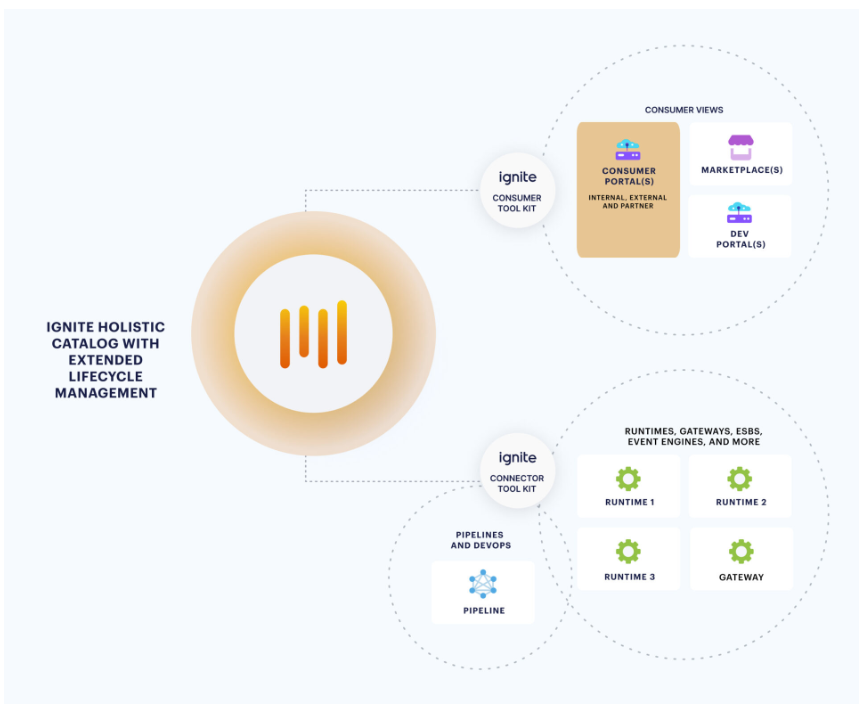
Conclusion
The goal state of an API marketplace can be a valuable resource for business and developer alike. Being able to publish APIs, and then discover, evaluate, and consume them effectively drives reuse. And with reuse can come increased revenue and efficiency. However, there are some key limitations with many current marketplace offerings that ignite’s Consumer Portals can overcome.
Differentiate Your Digital Enterprise Now
Learn how it can help your enterprise accelerate digital transformation

